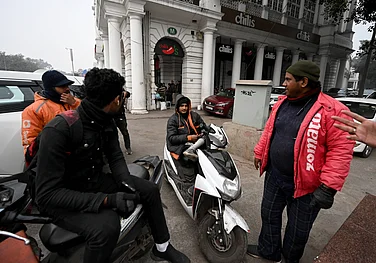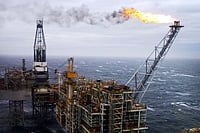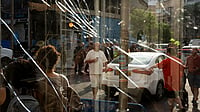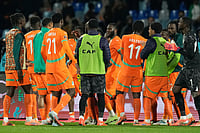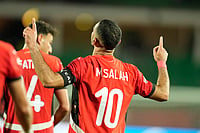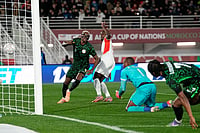The last two World Cups have spawned many new tactics and strategies and they have been totally different simply because the conditions in India and Pakistan in 1996 were completely different from England in 1999. I am sure we are going to see yet another approach in the South African version and because of the diverse conditions from the Highveld (6,000 ft above sea level) and the coast, plus the different levels of humidity and moisture, each game will have an individual flavour.
Of course, a major rule change will test coaches, captains, batsmen and bowlers and will affect totals on certain surfaces. The one bouncer (shoulder height) an over law will create a new dimension. Umpiring too will be under fierce scrutiny and apart from decision-making they will have to judge if the ball is over shoulder height in a normal standing position. Of course, 'Hawk-eye' immediately tells us the height and could have assisted the umpires. But the decision not to use extra technology has already been taken.
Where is the Highveld and what difference does it make? The Highveld, a large expanse of South Africa, is at a high altitude and embraces the Wanderers in Johannesburg, Centurion Park in Pretoria, Willowmore Park in Benoni and the Northwest stadium in Potchesfroom. The pitches at these venues favour batting when dry. Only the Benoni pitch can be a little difficult if batting second. The toss will not make much of a difference. In Steve Waugh's words, "It is just a way to start a game".
The conditions will affect both the bowlers and the batsmen as the rarefied atmosphere will leave them short of breath. I suspect though that the general fitness of all the sides will ensure that they cope with the conditions. For sides not used to playing at high altitudes, the ball will travel through the air quicker and the bounce will be greater. Bowlers will be able to extract extra bounce and batsmen will have to play off the backfoot and pull and cut to score. The trick is to play straight and not steer the ball into the slip cordon. As the ball gets older, there is another factor that may make a big difference—this World Cup will use the Kookaburra balls, which does less at the beginning of the innings and gets soft towards the end and is harder to hit. In 1999, the Duke ball was used in England, and this moved about far more, especially since the matches were held early in the English season when the pitches had more moisture. The Duke also stayed harder at the end of the innings and saw the emergence of players like Lance Klusener and Chris Cairns who make a lot of runs at the death, the general pattern of the last edition.
The fact that the Kookaburra ball gets softer towards the end of the innings means that batsmen will try to exploit the first 15 overs and then try to push on from there. Having said that, the lush Highveld outfields may keep the ball harder for a longer period. In the coast, the conditions are vastly different. Durban will be humid and the wind direction can dictate how the pitch plays. Here too the steep bounce of the Kingsmead pitch makes life difficult with the new ball. The northwester will bring hot sunshine, while the wind from the south usually heralds a rain front and juices up conditions, encouraging swing and seam. Likewise, in Port Elizabeth, when the wind comes over the scoreboard, for no apparent reason batting suddenly becomes difficult. Cape Town usually favours the side batting first, especially in the day-night fixtures. It used to spin but since the relaying of the pitches a few years ago they are generally quicker and bouncier. One of the hottest summers on record in Cape Town, however, may well mean that the pitches are drier than normal. That might make a difference. Bloemfontein and Kimberley are good batting tracks and the main problem facing the players can be intense heat.Up in the north of the country, the teams might experience some quite spectacular thunderstorms, and heavy rains may well have hampered pitch preparation. But one thing is certain, the toss will be very important in some games. Harare and Bulawayo are very good batting strips as is Nairobi.
South Africa has always been hard to beat at home because of their local knowledge. Only Australia in recent years have been able to beat them at home. Will this be the World Cup where home advantage means success?
Surface Tension
The former coach of South Africa is known to be one of the foremost thinkers of the game.

Surface Tension
Surface Tension
Published At:
MOST POPULAR
WATCH
MORE FROM THE AUTHOR
PHOTOS
×








